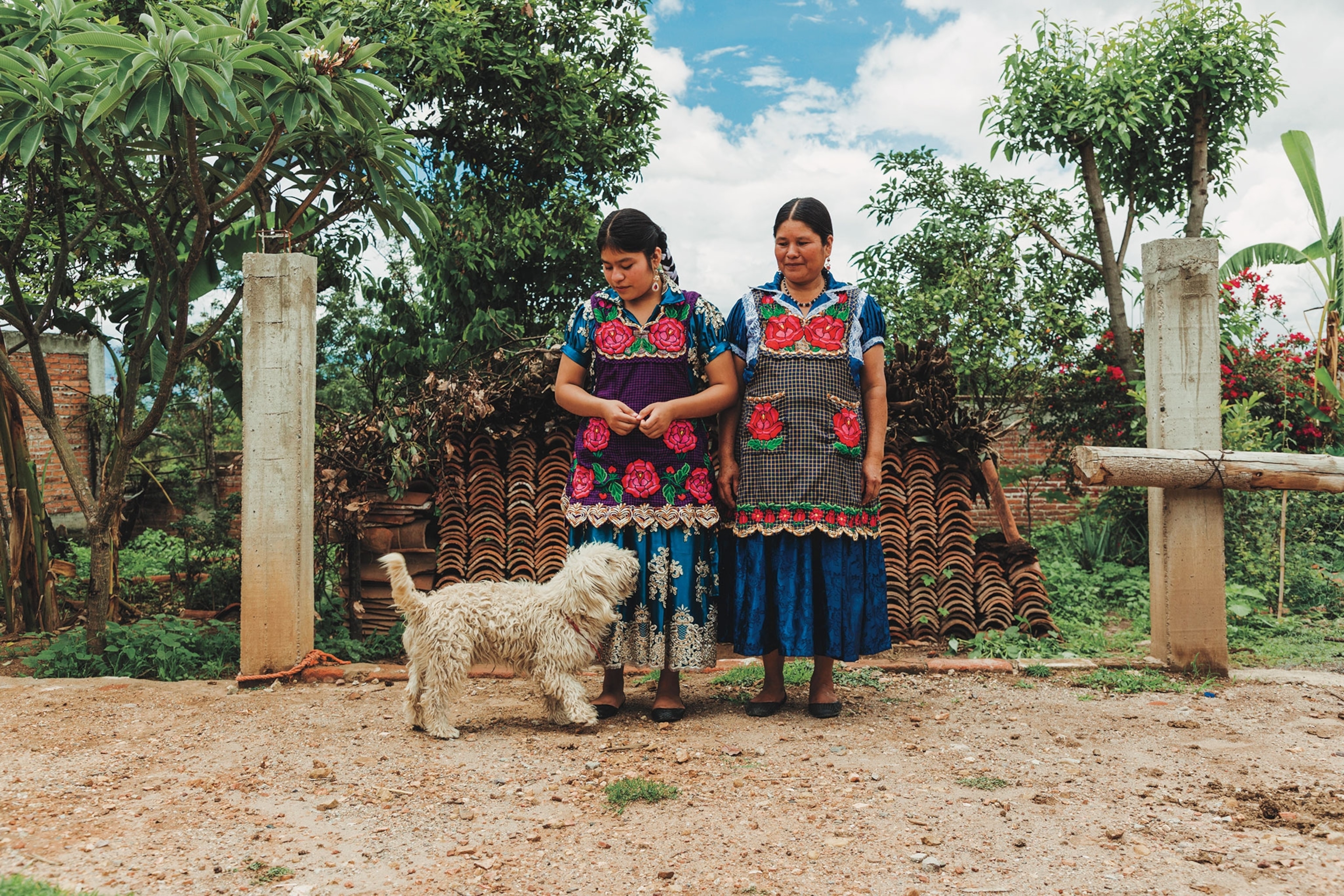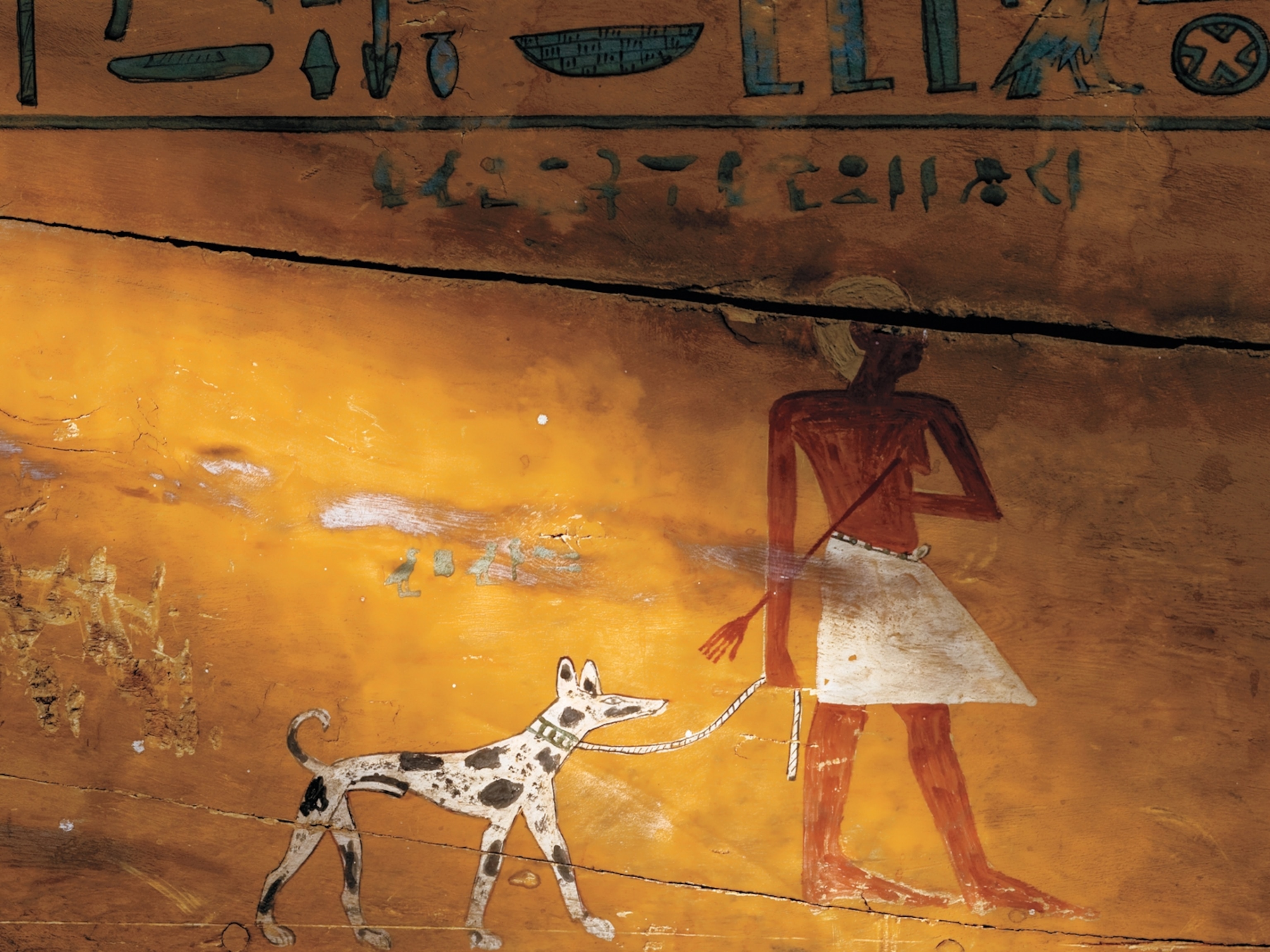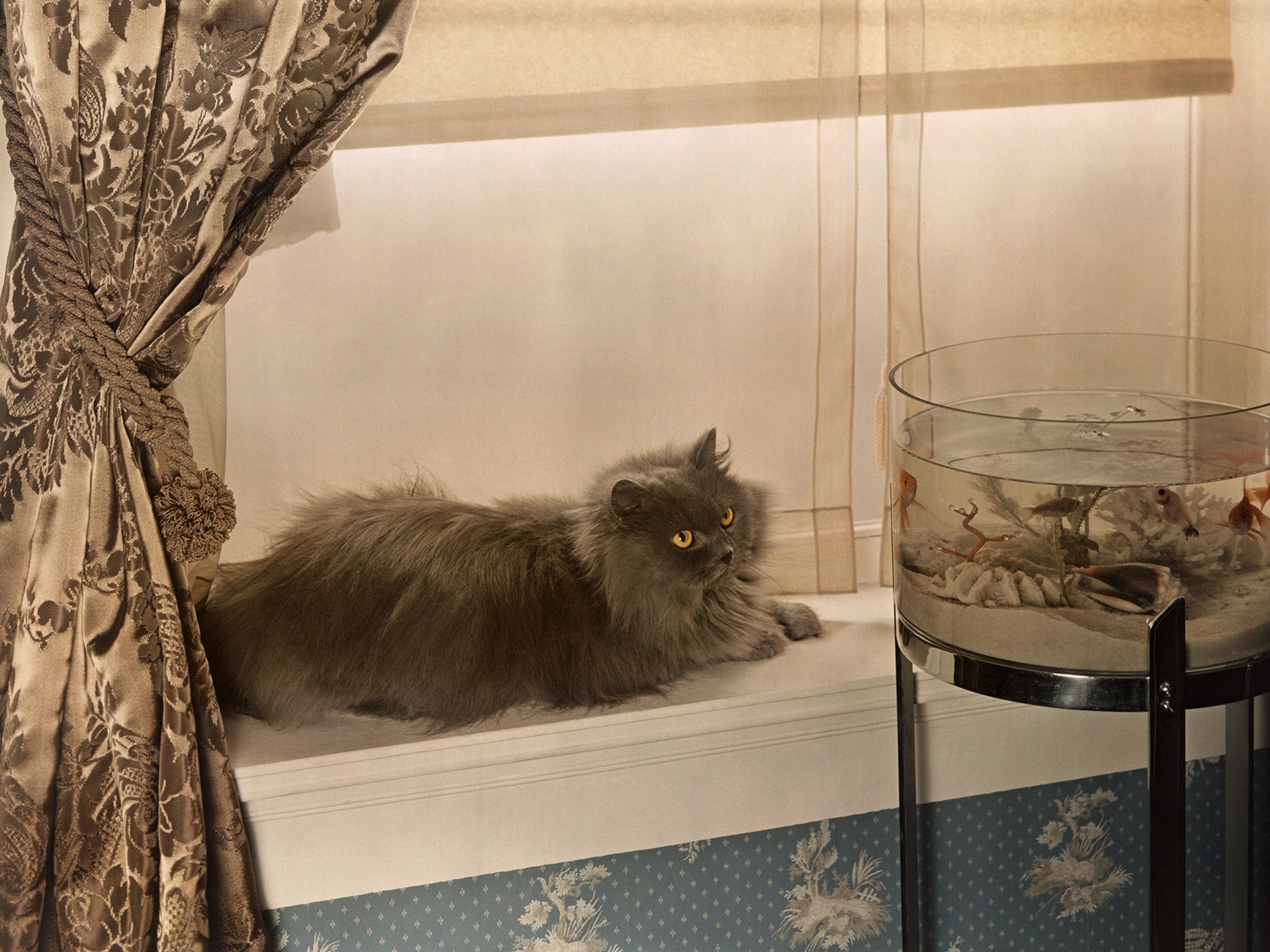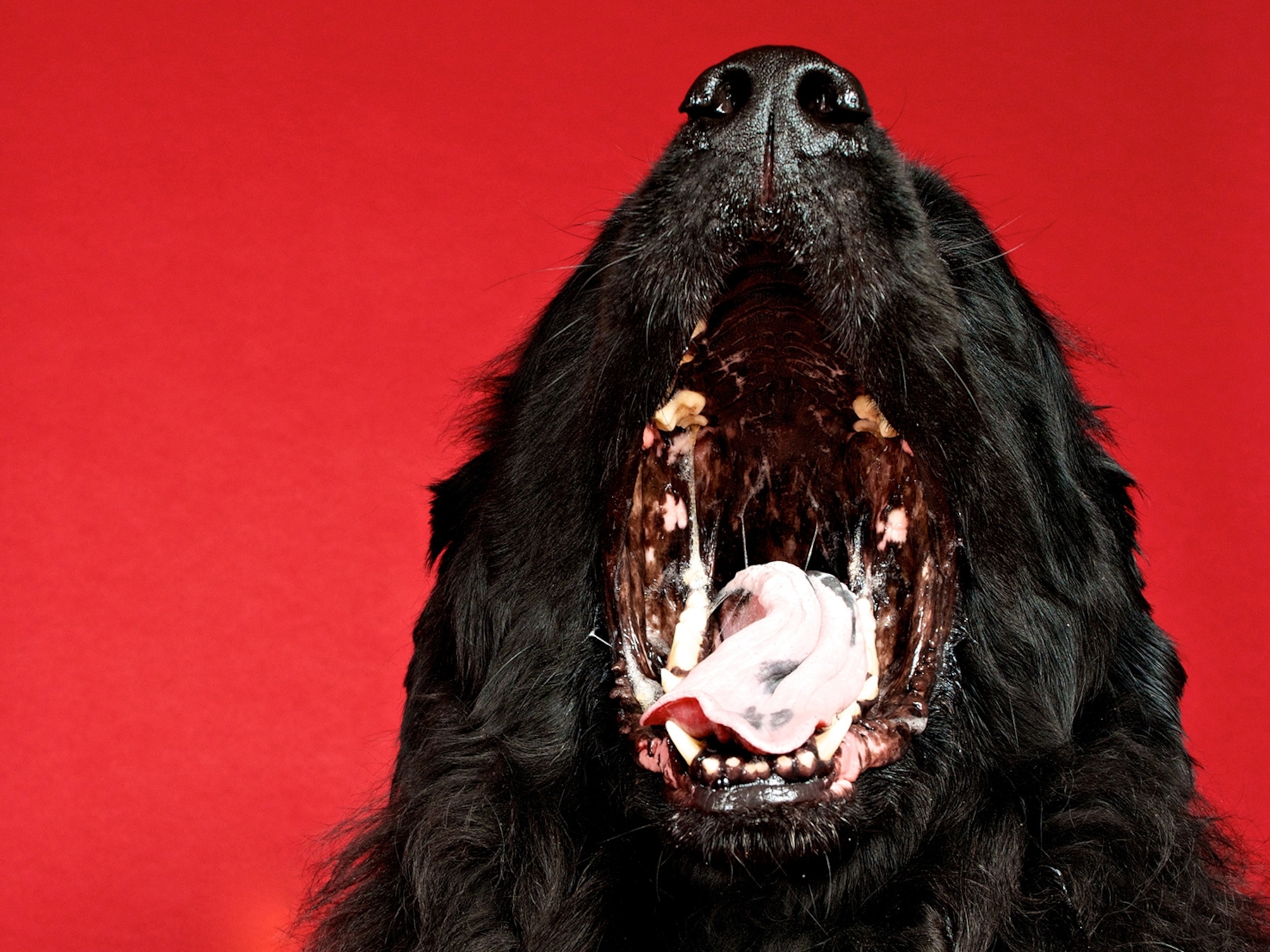What’s the real difference between a mutt and a designer dog?
Labradoodle, goldendoodle, and puggle are now household names. But only one kicked off the designer dog craze in the ‘90s.
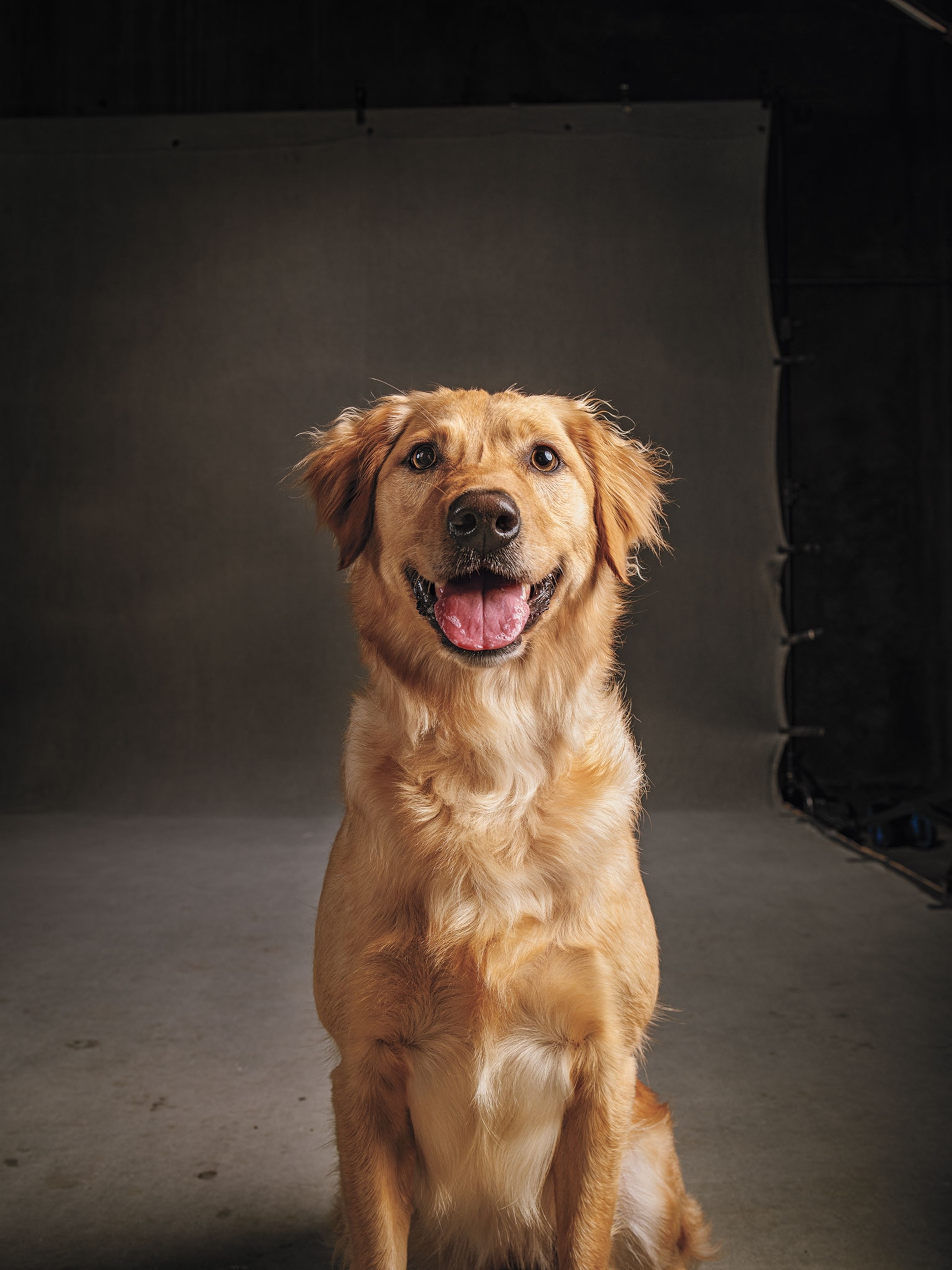
Though much attention is given to purebred and designer dogs, more than half of all dogs living in the United States are mixed breeds: the all-American mutt, celebrated on National Mutt Day on December 2.
No two are alike, making for unique companions. In addition to being lovable, mutts—especially those with many different breeds in their background—are usually healthier than purebreds thanks to diversity in their genes that leads to less risk for inherited diseases. Mixed-breed puppies come largely from unneutered dogs mating, and many end up needing new homes.
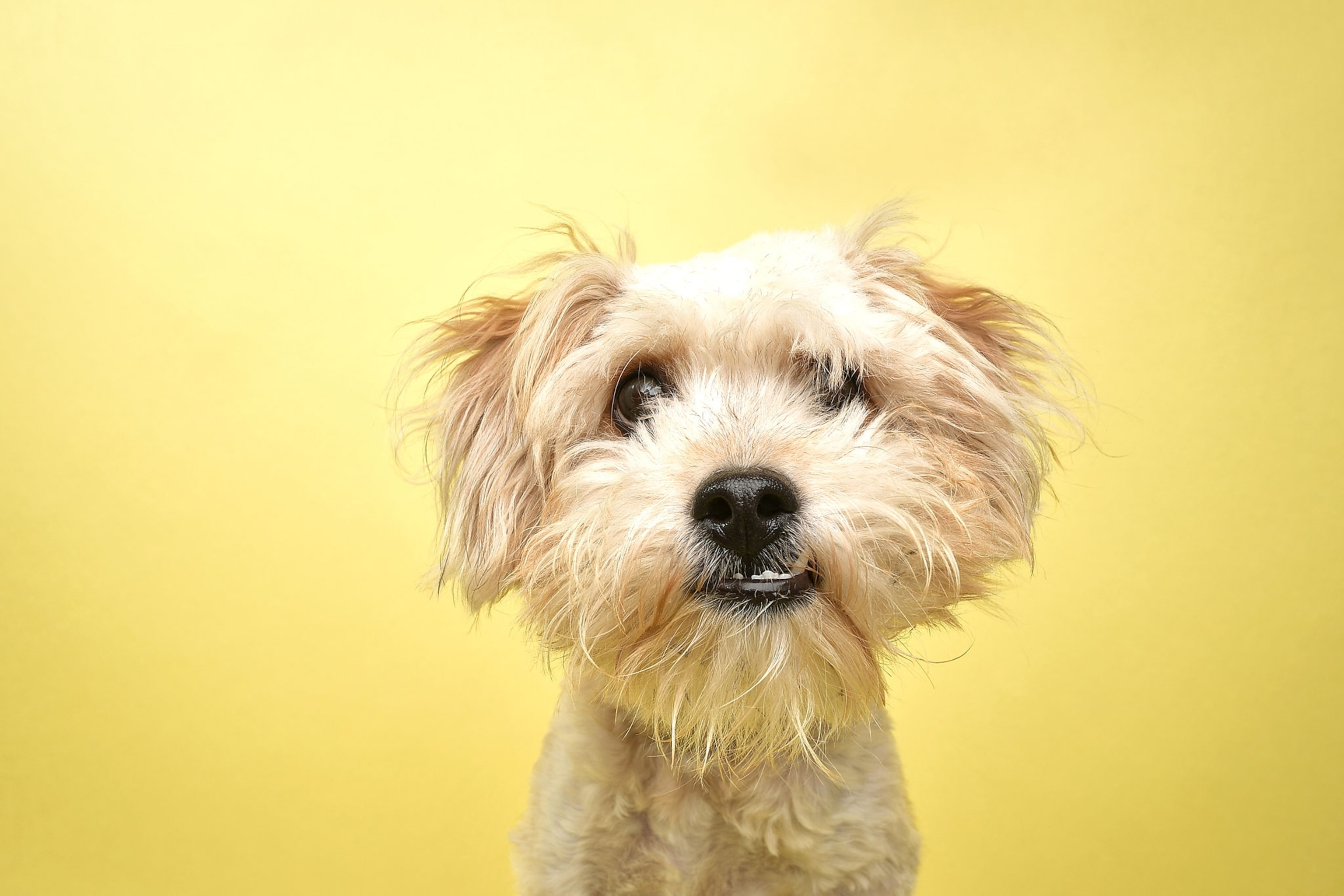
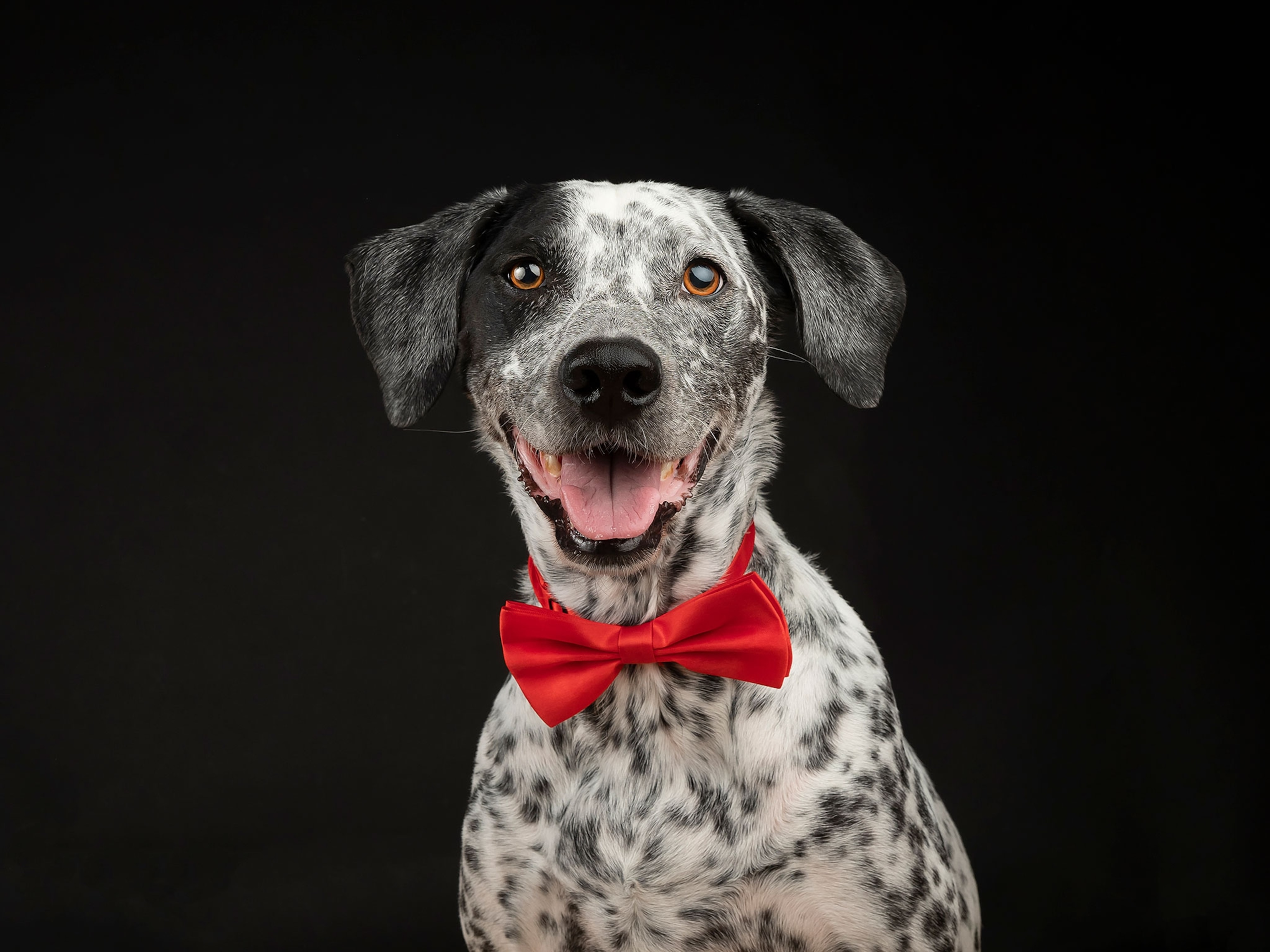
Of the nearly 3.3 million dogs that enter U.S. animal shelters every year, many are mutts. You can find all sorts of puppies and adult dogs available for adoption through animal shelters and rescue groups. Adoption not only helps save lives but also is less costly than buying a purebred puppy or designer breed.
How designer breeds came to be
Purebred dogs have been treasured for hundreds of years, with people fiercely devoted to their favorite breeds. But the 1990s saw a new fad—so-called designer dogs.
It all began when Australian breeder Wally Conron was asked to supply a guide dog for a blind woman living in Hawaii. The woman’s husband was allergic to dogs. At the time, Conron worked for the Royal Guide Dogs Association of Australia (today called Guide Dogs Victoria).

After several failed attempts at training standard poodles as guide dogs, Conron decided to cross a standard poodle with a Labrador retriever. Three pups in the litter ended up being good candidates for guide dogs, but the husband with allergies could only tolerate one. That dog, named Sultan, was trained and sent off to Hawaii. But the organization had trouble pairing the other two dogs with blind handlers; people wanted purebred Labrador retrievers, not mixed breeds. Conron asked the group’s public relations department to notify the media and share that they had created a brand-new, “nonallergenic” guide dog called the Labradoodle. The gimmick worked and suddenly people were clamoring for this new guide dog breed.
When the general public heard of Labradoodles, people wanted them as pets. Other breeders began crossbreeding Labs and poodles, golden retrievers and poodles, and as the years went on, many other breeds with poodles, making up cutesy names and fueling the “doodle” craze.
Oodles of doodles
Today, the poodle has been crossed with nearly every breed imaginable, though the Labradoodle and golden doodle are the most popular. Other designer breeds—such as the puggle (a pug crossed with a beagle) and goldador (a golden retriever crossed with a Labrador retriever)—leave out the poodle and instead combine other breeds. Along with the beloved mutt, designer dog breeds are not recognized by most breed registries in North America such as the American Kennel Club, Canadian Kennel Club, or United Kennel Club. Unlike purebred dogs, designer dogs do not have officially recognized breed standards. Personal preferences among breeders means the dogs have no standardized look.
Though many people believe doodles do not trigger dog allergies and don’t shed, this is often not the case, especially when the parents of a litter are a poodle and a purebred of another breed. Doodles that are 75 percent poodle and 25 percent another breed are more likely to have the poodle’s hypoallergenic coat, though it’s not guaranteed.
Hair of the Dog
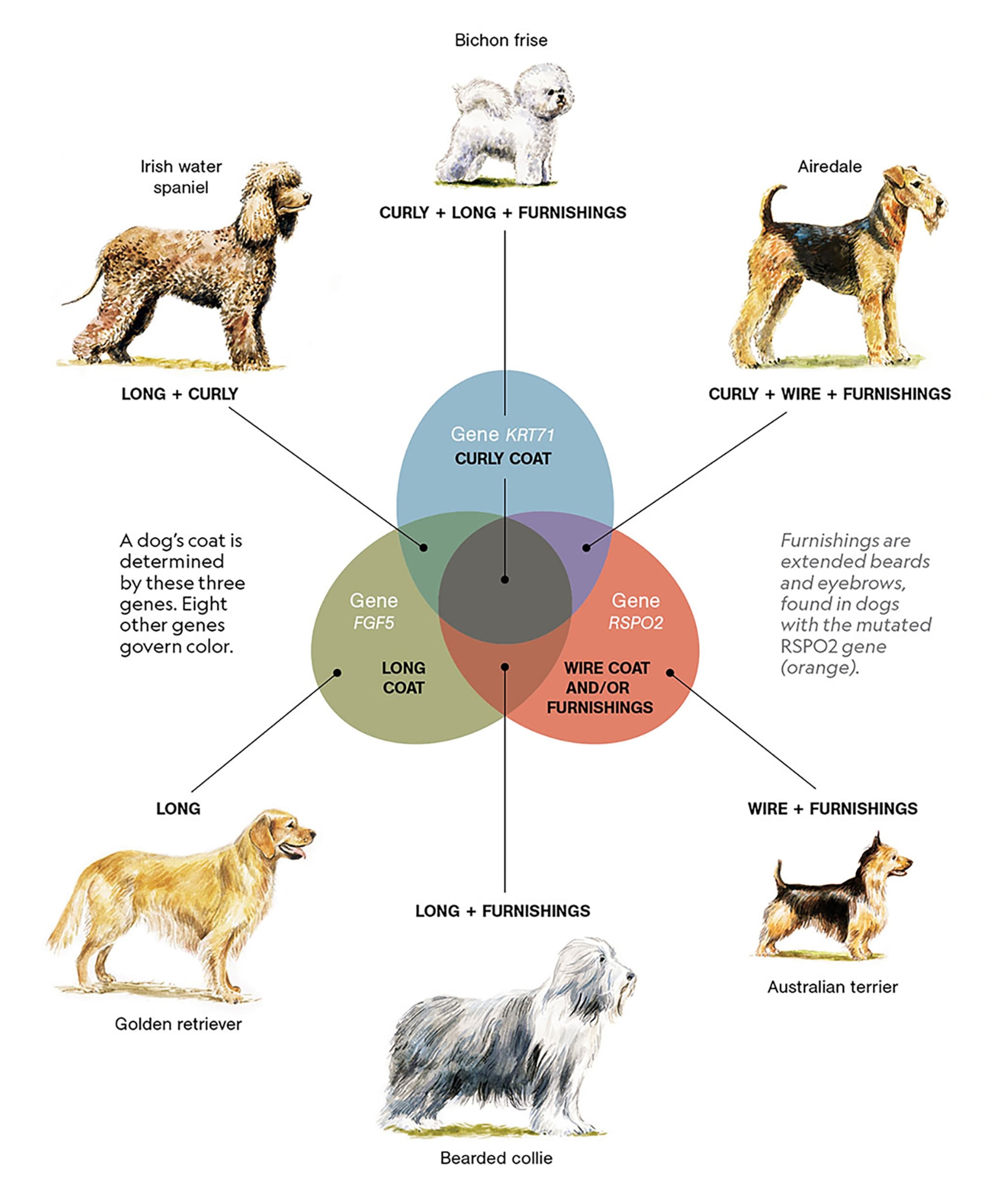
The term “hypoallergenic” means less allergenic, or less likely to cause allergies. No dog— whether purebred, designer, or mixed breed—is guaranteed to not trigger a person with allergies, though some people suffering from allergies to dogs find they can successfully live with certain breeds that are truly hypoallergenic, such as poodles, bichons frises, and Portuguese water dogs. Today, guide dog programs more commonly use such dogs as Labs, golden retrievers, and German shepherds rather than doodles.
Conron has publicly stated that he regrets creating the Labradoodle and laments the health issues seen in dogs indiscriminately bred by those wanting to capitalize on the doodle trend. However, people who love the Labradoodle and other designer breeds see it differently. For better or worse, these designer mixes are probably here to stay.
But on National Mutt Day, give a mutt a big hug.
